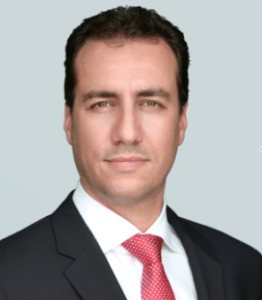We all know trademarks, including sound trademarks, are source identifiers, providing their owners with exclusive rights to use brand names, designs, logos, and slogans to market their products. To customers, trademarks are unique visual and emotional cues that trigger special relationships with companies and under US Trademark Law, a sound or a musical melody can function as a trademark.
The Trademark Manual of Examining Procedure in the United States Patent and Trademark Office (USPTO) states:
“To show that a sound trademark actually identifies and distinguishes the goods or services and indicates their source, an applicant must submit a specimen that contains a sufficient portion of the audio or video content to show how the mark is used on or in connection with the goods or services.”
Under the rules, a sound trademark operates exactly the same as any other trademark under law, facing similar trademark clearance issues such as the likelihood of confusion or merely descriptiveness, in addition to other levels of scrutiny. The only difference is, the specimen submitted is usually an audio file, rather an image of a wordmark or logo (design mark) being used in commerce in connection with the goods.
What is a Sound Trademark?
A sound trademark, also known as a sound mark, is a distinctive sound used to identify and distinguish the products or services of one entity from those of others. Unlike traditional trademarks, which rely on visual elements such as logos and words, sound trademarks rely on auditory recognition. Examples of sound trademarks include jingles, musical notes, and unique sound effects.
Legal Requirements for Sound Trademarks
Registering a sound trademark with the USPTO involves meeting specific legal requirements to demonstrate that the sound serves as a distinctive identifier of the source of the goods or services. Here are the key criteria:
-
Distinctiveness:
- The sound must be distinctive and not commonly associated with the goods or services. It should be immediately recognizable and linked to the source.
-
Non-Functionality:
- The sound must not be functional, meaning it should not be essential to the use or purpose of the product or affect its cost or quality. For example, a sound that is necessary for the operation of a product cannot be registered as a trademark.
-
Secondary Meaning:
- In some cases, the sound must have acquired secondary meaning. This means that through extensive use and promotion, the sound has become uniquely associated with the brand in the minds of consumers.
-
Specimen Requirement:
- The applicant must provide a specimen demonstrating how the sound is used in commerce to identify the goods or services. This could be an audio recording or a link to a video where the sound is used.
Famous Examples of Sound Trademarks
Several well-known companies have successfully registered sound trademarks, leveraging unique sounds to enhance their brand identity. Notable examples include:
- NBC Chimes: The iconic three-note chime sequence used by the National Broadcasting Company (NBC) is one of the earliest and most recognized sound trademarks.
- MGM Lion’s Roar: The roar of the lion at the beginning of Metro-Goldwyn-Mayer (MGM) films is a registered sound trademark.
- Intel Bong: The five-note jingle used in Intel’s advertisements is another famous sound trademark.
These examples highlight how sound can play a powerful role in brand recognition and consumer recall.
Steps to Register a Sound Trademark with the USPTO
Registering a sound trademark involves several steps, similar to the process for traditional trademarks. Here’s a step-by-step guide:
-
Conduct a Trademark Search:
- Perform a comprehensive search to ensure your sound mark is not already in use or registered by another entity. This helps avoid potential conflicts and legal disputes.
-
Prepare the Application:
- Gather necessary information, including a detailed description of the sound, the goods or services it represents, and a specimen demonstrating its use in commerce.
-
Submit the Application:
- File your application with the USPTO, including the required fees. Ensure all information is accurate to avoid delays or rejections.
-
USPTO Examination:
- An examining attorney at the USPTO will review the application to ensure it meets all legal requirements. This may involve an office action if there are issues that need to be addressed.
-
Publication and Opposition:
- If the application passes examination, it will be published in the USPTO’s Official Gazette. This allows third parties to oppose the registration within a specified period.
-
Registration:
- If no opposition is filed, or if the opposition is resolved in your favor, the USPTO will issue a registration certificate, granting you exclusive rights to the sound mark.
 Challenges and Considerations
Challenges and Considerations
While sound trademarks offer unique branding opportunities, there are challenges to consider:
- Proof of Distinctiveness: Demonstrating that a sound is distinctive and non-functional can be more complex than with visual trademarks.
- Acquired Distinctiveness: For sounds that are not inherently distinctive, proving secondary meaning through extensive use and consumer recognition is essential.
- Enforcement: Enforcing sound trademarks can be challenging, requiring vigilance to monitor and address potential infringements.
Consult with a Trademark Attorney
Navigating the complexities of registering a sound trademark requires expert legal guidance. David Nima Sharifi, Esq., Principal Attorney at L.A. Tech and Media Law Firm, specializes in trademark law and can help you protect your unique sound marks.
For a confidential consultation to discuss registering your sound trademark, contact David Nima Sharifi, Esq. today. Ensure your brand is protected with professional guidance and strategic legal support.
FAMOUS SOUND TRADEMARKS
One of the most famous sound trademarks in the United States is U.S. Registration No. 916522 for the NBC Chimes (play sound). When a consumer hears this sound, the NBC brand of entertainment and media broadcasting is recalled, just as it would be recalled if the famous NBC Peacock logo was visually displayed. And that is why the chimes function as a trademark: because they identify the source of the services.
Another famous sound trademark is U.S. Registration No. 1395550 commonly known as the MGM Entertainment Roaring Lion. This sound (playback here), which is not a musical tone as in the NBC example above, but functions exactly the same as any other trademark because it identifies the source of the services, in this case, entertainment and movie publishing, when heard, just as the famous MGM logo Leo the Lion identifies the source.
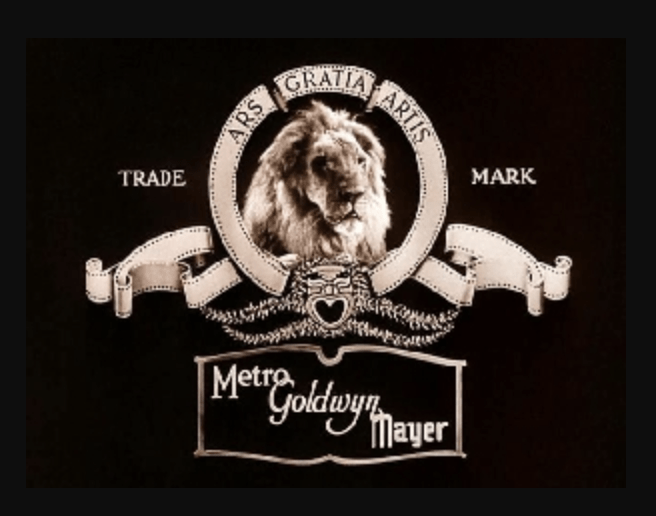
To file a trademark application in the USPTO for a sound trademark or any other type of trademark, brand or logo, entrepreneurs, tech startups and other trademark owners should consider consultation with an experienced trademark attorney who can advise on issues of trademark functionality, trademark clearance and likelihood of confusion, and filing the proper federal trademark applications in the USPTO as needed.
Author: David N. Sharifi, Esq. is a Los Angeles based intellectual property attorney and technology startup consultant with focuses in entertainment law, emerging technologies, trademark protection, and “the internet of things”. David was recognized as one of the Top 30 Most Influential Attorneys in Digital Media and E-Commerce Law by the Los Angeles Business Journal. Office: Ph: 310-751-0181; david@latml.com.
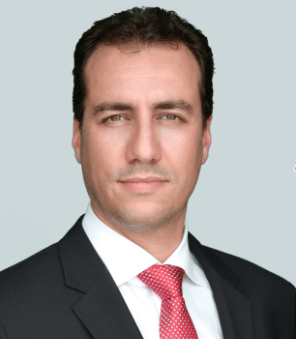
Disclaimer: The content above is a discussion of legal issues and general information; it does not constitute legal advice and should not be used as such without seeking professional legal counsel. Reading the content above does not create an attorney-client relationship. All trademarks are the property of L.A. Tech & Media Law Firm or their respective owners. Copyright 2019. All rights reserved.

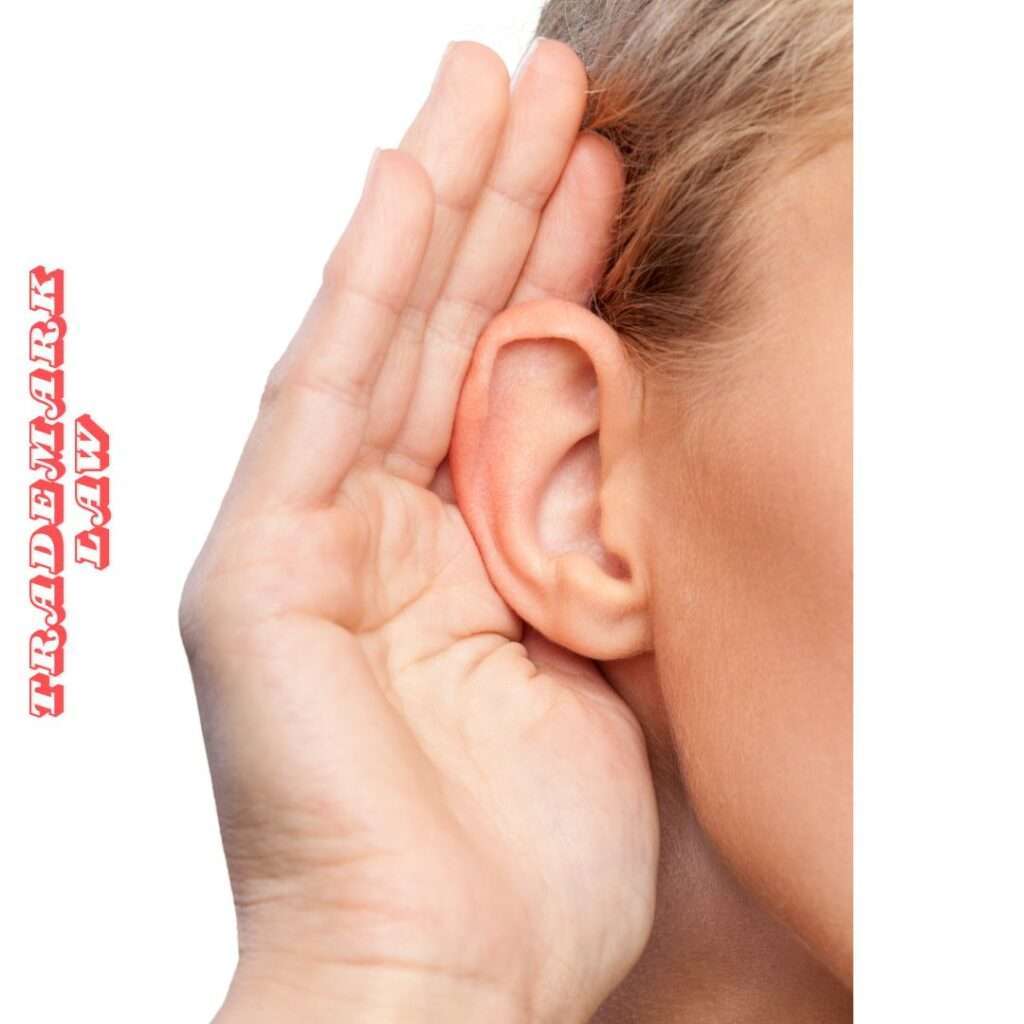
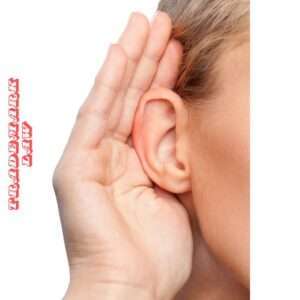 Challenges and Considerations
Challenges and Considerations